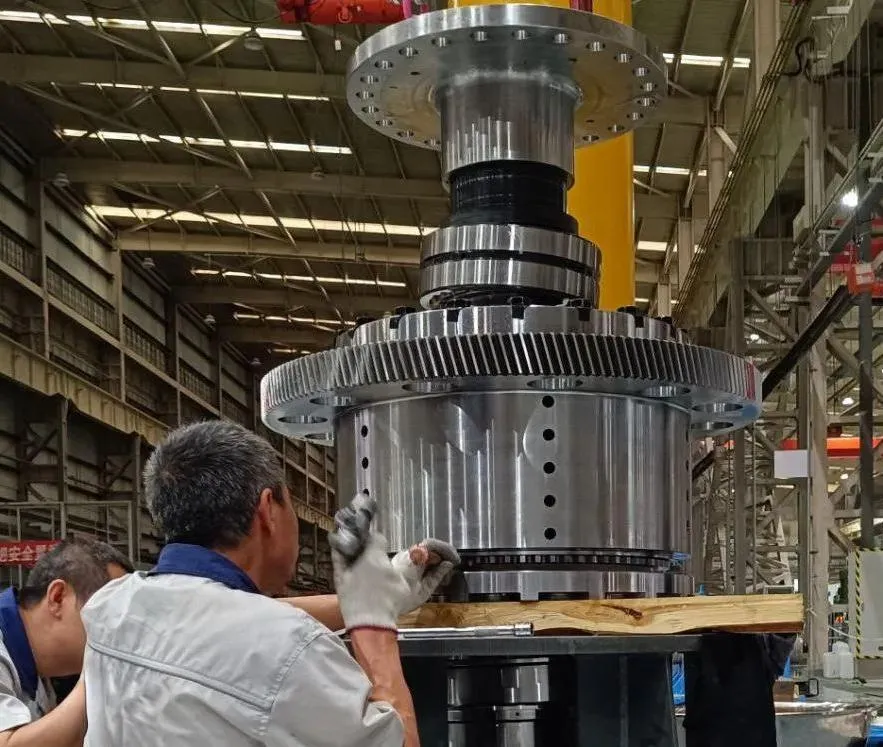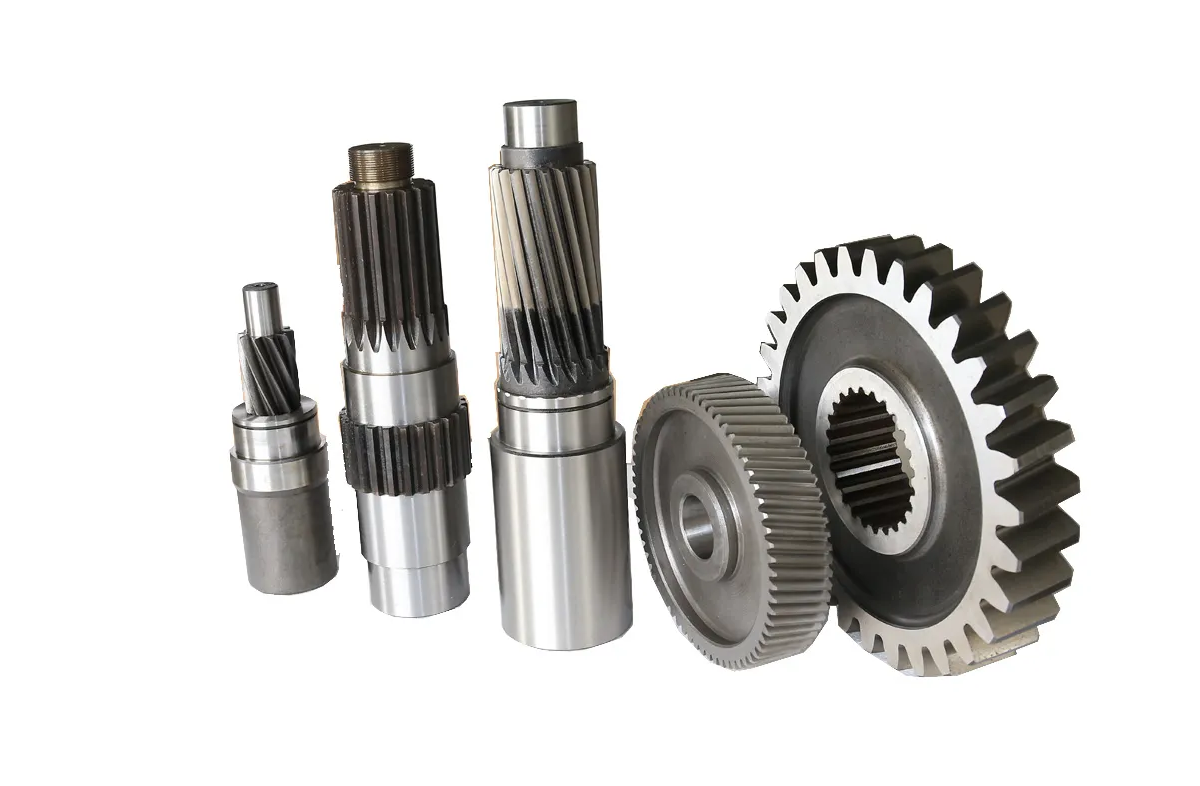Marine gearboxes are core components of ship propulsion systems, and their stable operation is directly related to the safety and economy of ships. However, due to the complex marine environment and long-term loads, gearboxes often experience various faults. This article will introduce how to diagnose common faults through condition monitoring, and provide specific troubleshooting methods and preventive measures to help improve the operating reliability and service life of gearboxes.
Common faults and diagnostic methods
1. Abnormal noise
- Symptoms:
Abnormal sounds occur during operation, such as whistling, clicking, etc.
- Possible reasons:
- The gears are worn, damaged or poorly meshed.
- The bearing is damaged or poorly lubricated.
- Insufficient or deteriorated lubricating oil.
- Diagnostic measures:
- Use a stethoscope or sound level meter to locate the source of the noise.
- Check the quality and oil level of the lubricating oil.
- Observe whether the gears and bearings are worn or damaged.
2. Abnormal vibration
- Performance:
The vibration of the gearbox increases significantly during operation.
- Possible reasons:
- Bearings are loose or damaged.
- Gears are out of balance or worn.
- Installation errors (such as shaft misalignment).
- Diagnostic measures:
- Use a vibration analyzer to measure vibration frequency and amplitude.
- Check bearing condition and mounting position.
- Confirm shaft alignment accuracy and load distribution uniformity.
3. Abnormal rise in temperature
- Symptom:
The gearbox temperature is outside the normal range.
- Possible reasons:
- Insufficient or deteriorated lubricating oil.
- Excessive bearing or gear wear.
- Insufficient cooling conditions or excessive load.
- Diagnostic measures:
- Check the quality and level of lubricating oil.
- Use an infrared thermometer to check gearbox surface and bearing temperatures.
- Check the status and efficiency of the cooling system.
4. Oil leakage
- Symptom:
There are oil stains or obvious oil leakage on the surface of the gearbox housing.
- Possible reasons:
- Seals are aged, damaged or improperly installed.
- Shell cracks.
- Abnormal pressure in the lubrication system.
- Diagnostic measures:
- Check whether the seals and oil seals are aged or damaged.
- Check whether the lubricating oil pressure is within the normal range.
- Observe the shell for cracks or deformation.

Troubleshooting methods for common faults
1. Gear wear or abnormal meshing
- Replace severely worn gears.
- Adjust the gear meshing clearance to the standard range.
- Make sure to use recommended lubricants and change them regularly.
2. Bearing damage
- Replace damaged bearings.
- Check and correct shaft alignment accuracy.
- Adjust the bearing preload to avoid installation that is too tight or too loose.
3. The temperature is too high
- Replenish or replace high-quality lubricants.
- Repair the cooling system to ensure smooth ventilation.
- Reduce load or optimize load distribution.
4. Oil leakage problem
- Replace damaged or aging seals and oil seals.
- Repair or replace damaged casing.
- Readjust the lubricating oil pressure to the normal range.

Measures to prevent failures
1. Load management
- Avoid overload operation and ensure that the load meets the design standards.
- Check the load status regularly and make timely adjustments if any abnormalities are found.
2. Lubrication management
- Use lubricants that meet the manufacturer’s recommendations, change them regularly and test their performance.
- Use high-quality filters and oil-water separators to keep lubricants clean.
3. Regular inspection and maintenance
- Develop a scientific maintenance plan and regularly inspect key components such as gears and bearings.
- Detect and adjust gear meshing clearance and check bearing preload.
- Clean the heat sink and make sure it is functioning properly.
4. Improved environmental adaptability
- Use corrosion-resistant materials and coatings to reduce the corrosive effects of seawater environments.
- In extreme temperature environments, use adaptable lubricants and seals.


